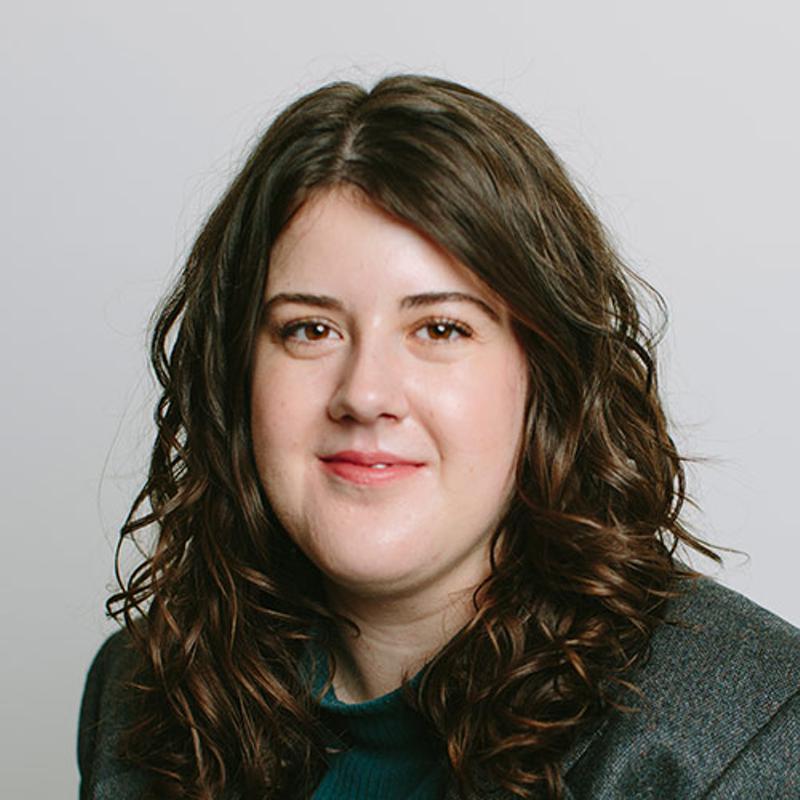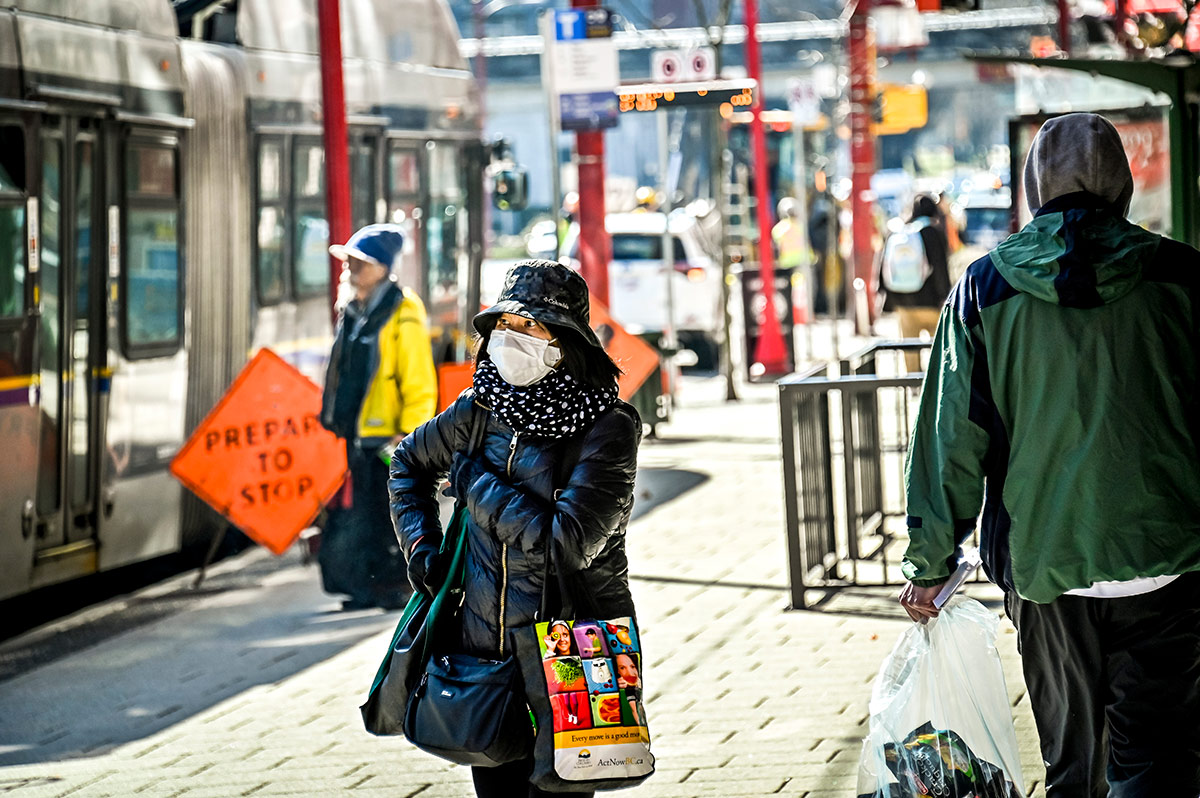British Columbia’s third Omicron pandemic wave has likely peaked as hospitalization numbers, reported cases and wastewater surveillance data all show no increases.
But the risk of infection remains high, according to independent modelling released today, which also says actual new cases could be 100 times higher than the province is reporting.
The BC COVID-19 Modelling Group estimates the province is still seeing between 3,000 and 4,000 new cases per day, while the province is reporting an average of 129 new cases a day based on very limited testing.
“All of the evidence is pointing to that, because we have so much immunity in B.C., the peak has turned around and [the] BA5 [subvariant] appears to have crested,” said Sally Otto, a University of British Columbia disease modelling expert and member of the independent group of academics and experts.
“But we’re at the peak and the infection risk is still high.”
There are currently 385 people in hospital with COVID-19 in B.C. In the last most recent week reported by the province, 28 people died within 30 days of a positive COVID-19 test.
The province’s seventh COVID wave since the pandemic began was driven by the very transmissible BA5 Omicron subvariant of the virus, amid almost no protective major public health measures.
Otto said vaccines and protection from previous infection have blunted this wave and kept people out of hospital. As of Monday, about 88 per cent of people five and over have two doses of the vaccine, and about 60 per cent of people have a third dose.
Concerns that the variant would be able to more easily evade vaccine immunity didn’t come true, either.
“All of our models show the peak would have been much higher had we not had a substantial fraction of the population with protection from vaccination,” said Otto.
The independent expert group’s report used data from cases reported among those 70 and older, one of the only demographic groups eligible for free, reported COVID testing, to extrapolate case rates in the population as a whole. The public can self-report positive rapid test results but the province does not make these numbers public.
But the modelling group said poor data reporting by the province makes it hard to predict how quickly case rates could fall, or for the public to assess the risk of transmission in different settings.
Previous studies and models suggest COVID-19 deaths are underreported by 50 per cent, with B.C. only able to account for about half of excess deaths since the pandemic began.
Cases, deaths and hospitalizations are reported by the BC Centre for Disease Control weekly, with a delay of about five days between the end of a reporting period and its publication.
Otto said more frequent testing and data reporting are essential for people to assess the risks of their activities as school resumes and cooler weather brings more indoor gatherings.
Another wave in the fall as these activities resume wouldn’t surprise her.
“If we want to bring people into wise decision-making, with respect to diseases circulating in our community, we need to give people the information,” said Otto.
Patients hospitalized with COVID continue to strain the already beleaguered health-care system as staff fall ill with the virus.
Otto said that with possible new variants on the horizon in coming months, the province needs to take a more active approach to testing, reporting and minimizing the effects of future waves.
“We want to develop a very responsive attitude,” she said. “If the public knew just how much BA5 we have at the moment, we’d see a lot more masking than we currently have.” ![]()
Read more: Coronavirus
















Tyee Commenting Guidelines
Comments that violate guidelines risk being deleted, and violations may result in a temporary or permanent user ban. Maintain the spirit of good conversation to stay in the discussion.
*Please note The Tyee is not a forum for spreading misinformation about COVID-19, denying its existence or minimizing its risk to public health.
Do:
Do not: